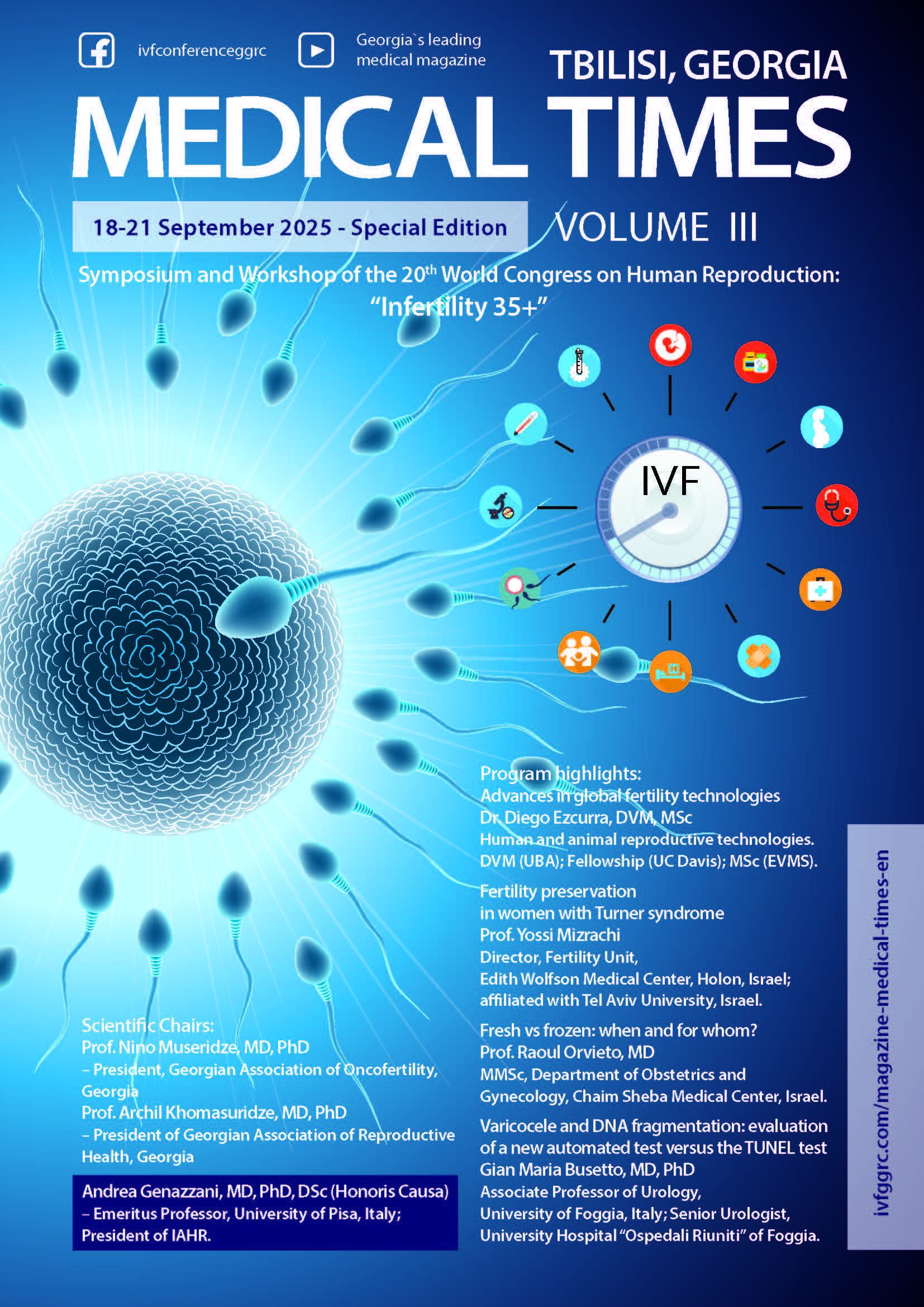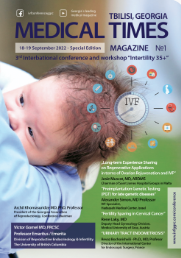Combined Use of PRP and Exosomes in Poor Responders Aged 35-43: A Retrospective Controlled Group Study
DOI:
https://doi.org/10.71419/mtggrc.2025.25Keywords:
PRP, exosomes, IVF, poor ovarian response, regenerative medicine, stem cellsAbstract
Background: Poor ovarian response (POR) remains a substantial challenge in assisted reproductive technologies (ART), especially in women older than 35 years. Regenerative therapies such as platelet-rich plasma (PRP) and exosomes have emerged as promising interventions.
Objective: To evaluate the clinical impact of intraovarian injections of PRP enriched with mesenchymal stem cell (MSC) – derived exosomes on in vitro fertilization (IVF) outcomes in poor responders.
Materials and Methods: A retrospective controlled study was conducted with 126 women aged 35-43 years undergoing IVF. Patients were divided into two subgroups: 35-40 years and 40-43 years. The intervention group received intraovarian PRP plus exosome treatment; the control group received standard stimulation only. Primary outcomes included metaphase II (MII) oocyte count, fertilization rate, blastocyst development, and clinical pregnancy rate.
Results: The PRP plus exosome group showed a 35% increase in MII oocytes, 20%-30% higher fertilization, and 15%-20% improved blastocyst development. Clinical pregnancy rates rose by 15%-17%, with better outcomes in the younger subgroup.
Conclusions: Regenerative therapy using PRP and MSC-derived exosomes may improve ovarian response and IVF outcomes in poor responders.
Downloads
Published
Issue
Section
License
Copyright (c) 2025 Nino Museridze (Author)

This work is licensed under a Creative Commons Attribution 4.0 International License.
In case an article is accepted for publication it is allowed to combine the article with other research, to conduct new research on the article, or to make different arrangements on condition that the same license is used including commercial purposes.
As an author of an article published in the Medical Times, you retain the copyright of your article and you are free to reproduce and disseminate your work.














